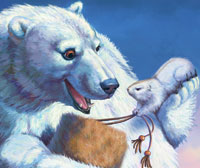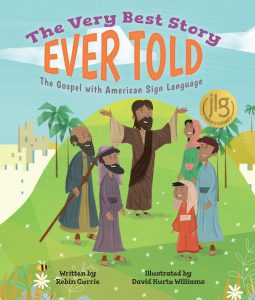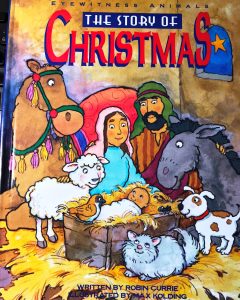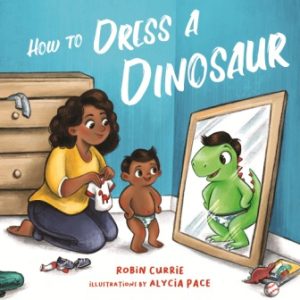“So how do you feel about art notes?”
This came up to a panel of editors recently, and it was clear they wanted to put a positive spin on the answer.
As soon as a story starts burbling, I begin to “see” in my brain the characters and how they interact with the environment and each other. Sadly my art is so bad if I drew a cow (even with udders) I’d have to label it. So my first draft is filled with lots of communication to the illustrator (yet unknown) on how to make this book be exactly what I have in mind!
Over the books I have learned how to give (sometimes nervously!) the illustrator free reign – and the results are amazing! The illustrators chosen have not only been right for the story but augmented it with character emotions and quirks I could not imagine.

Now I edit with these “art notes” in mind.
1 Adjectives
Ah, those descriptive words that come so easily to writers! “The blond girl in the green sweater met the big dog.” Is it important that the sweater is green? Or that the dog is big? Or that the story will only work with a blond protagonist? For every descriptive word in the story, ask if each one will limit the artist or if the description advances the story or defines the character. If a word doesn’t matter (except in how you pictured it) remove and reduce the word count.
2 Art notes
Those little italic comments are off to the side, just in case the artist cannot imagine the action. (In that case, pump up the verbs so it is clear!) So tempting but the editors want to have their images and the artists will too. The only time they are needed is if the page is wordless or what you want in art is the opposite of what you are saying. Did Jesus have to be in a white robe with blue sash like every other picture? Resist! Resist!

3 Roughs
The first art we glimpse are the rough drawings. This is like the first or second draft of the writing. It is tempting to go through every page with helpful “suggestions” to show the squirrel eating a nut or having an areal shot of the house. Remember the artist not only has your words in mind but the page flow of the art, the total composition of the book, and the layout of the page with words. Unless there is a factual error (squirrel with two tails), let it go. However, if a certain drawing is a key to understanding the story and you want a change, mention it now before the art is finalized.
4 Surprises
They happen! Here’s a short story about a “Cat who Changed its Fur.”
I published Eyewitness Animals, Christmas Story, (Standard Publishing, 1997, now out of print). It’s the Nativity story through the eyes of 7 different animals who might have been there. The usual ones were Clomper Donkey and Wooly Lamb. My last character was Silky Kitty, the innkeeper’s cat. She led the little family to the barn behind the inn. In my mind, she was a slinky Siamese, able to get into small places and laze in the sun.
At this time authors did not approve (or even see) art during production, but I figured how many ways were there to draw a donkey or a lamb? Or a cat?
The book arrived and I loved the cover and the layout and the art! But when I turned to Silky Kitty’s story, I found she had morphed into…

There she is in front of the manger: Fluffy Kitty!
Every year since it came out, I have read Eyewitness Animals, Christmas Story, to church preschoolers. Every year the favorite character is – you guessed it – Fluffy Kitty!

Award Winning author Robin Currie learned story sharing by sitting on the floor, in library story times. She has sold 1.7 M copies of her 40 storybooks and writes stories to read and read again! How to Dress a Dinosaur had no art notes and look how cute it turned out! How to Dress a Dinosaur – Familius.com Shop




No Comments